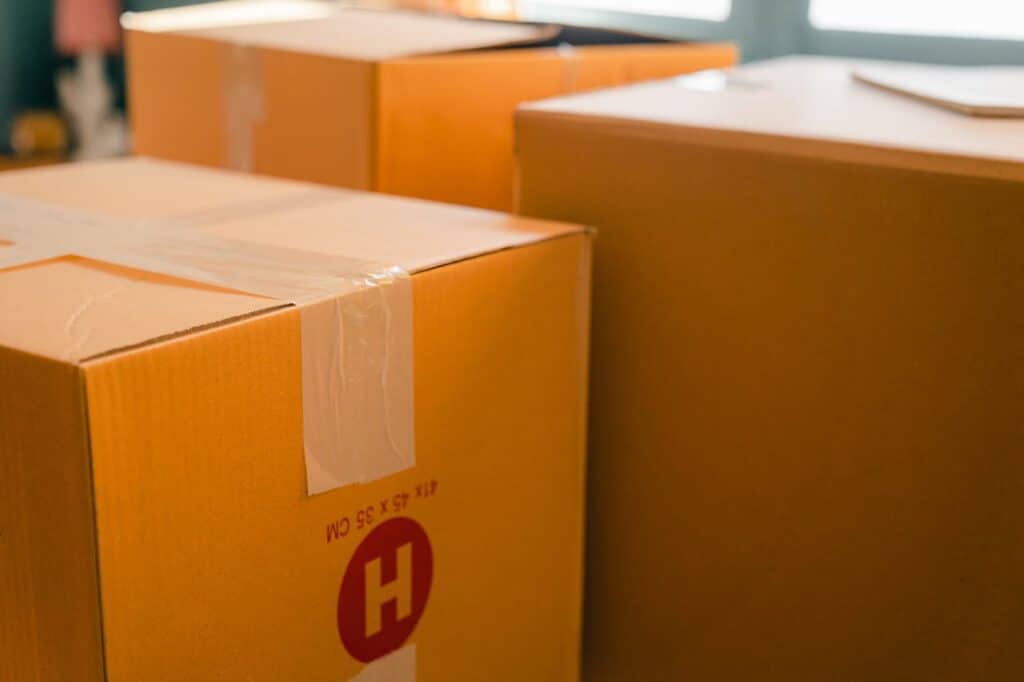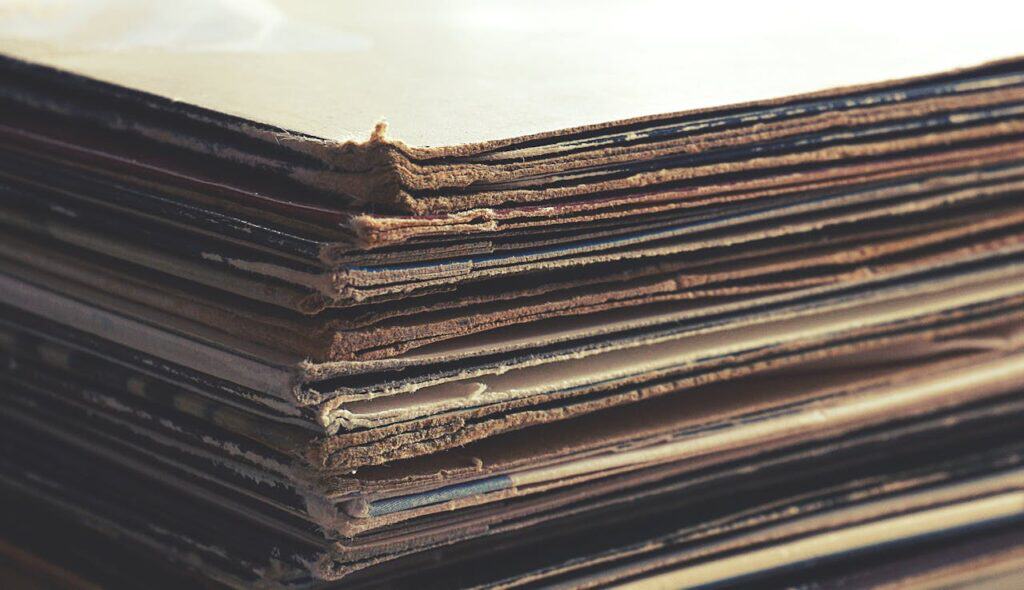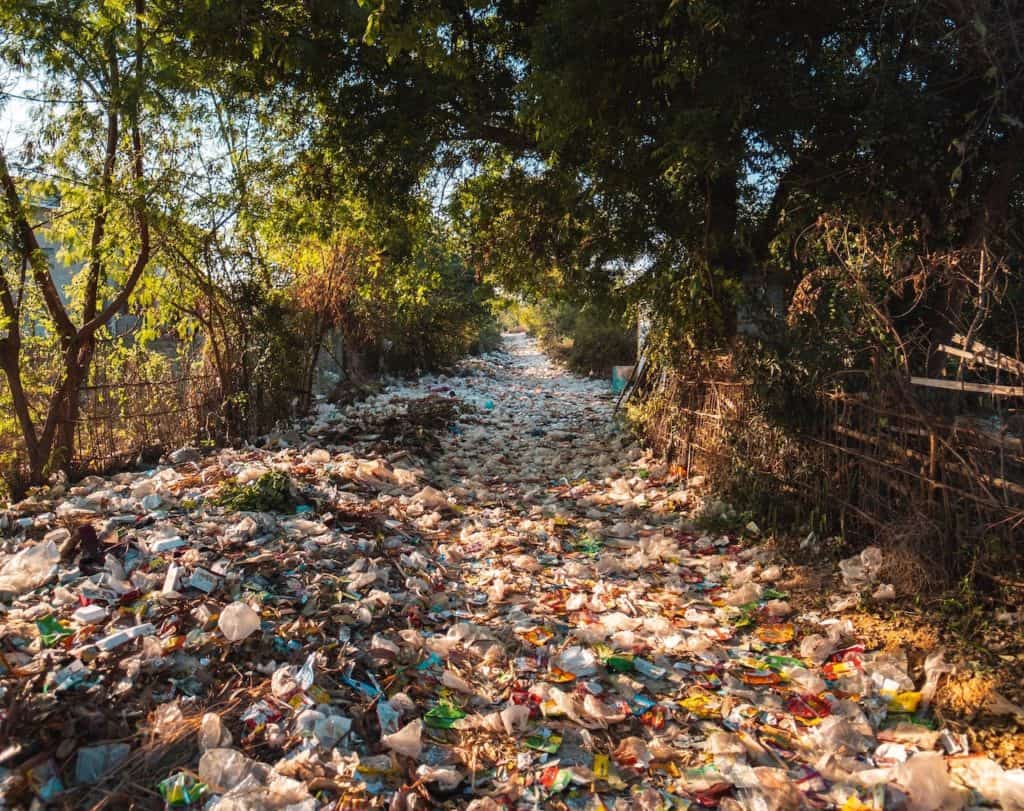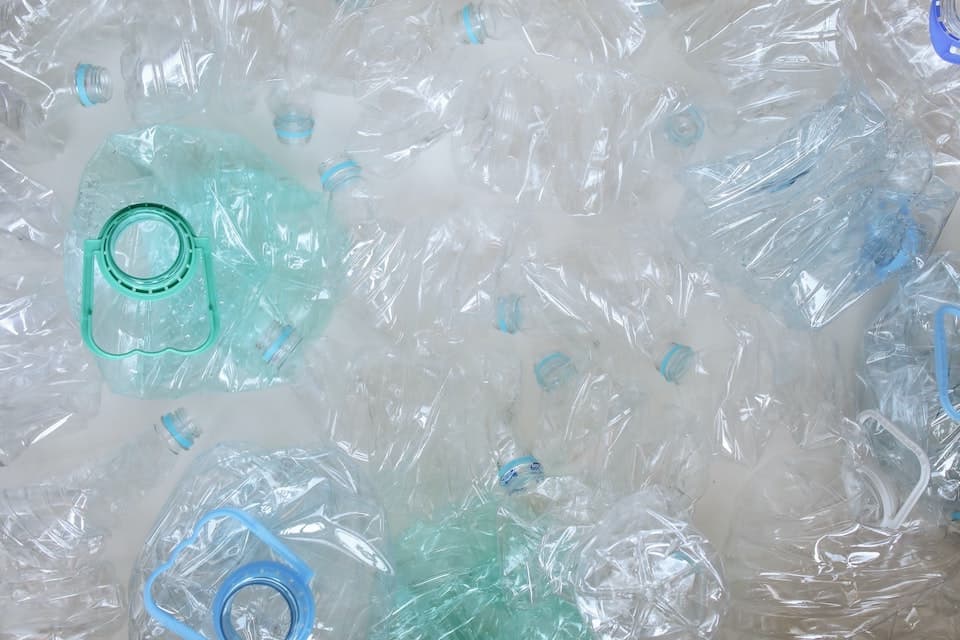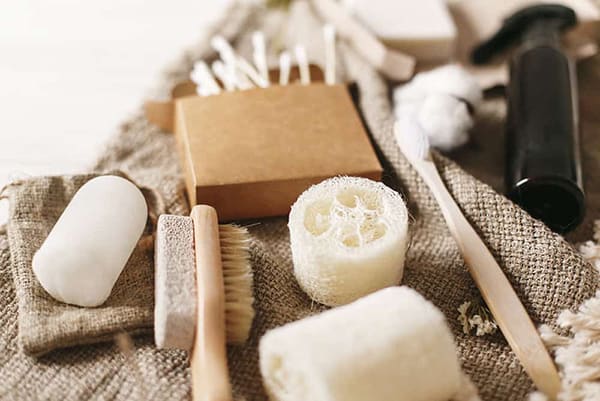Cupid’s bow is cocked and loaded
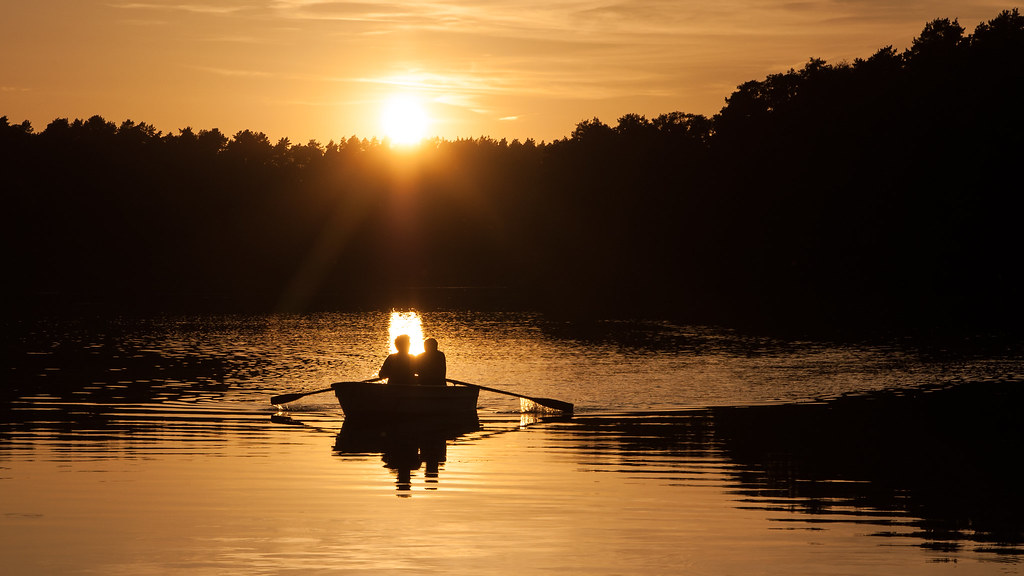
It’s a funny time of year, Valentine’s, in that we must, for one day specifically, muster up (from somewhere deep within) a form of kind, loving behaviour that we otherwise would repress. Not everyone chooses to adhere to this social event, and those people are what we know as ‘single’, or ‘soon to be single’.
We aren’t here to talk about romance though, we are going to talk about the environmental side of Valentine’s cards.
Here’s a quick numbers breakdown for you (est)
1 in 6 – the number of UK retailers who stock Valentine’s cards
£40.2 million – the value of the UK Valentine’s Day card market
£1.86 – the average price of a Valentine’s Day card
21.6 million cards – bought by people in the UK
30 grams – the average weight of a greetings card in the UK
648 tonnes – the estimated weight of Valentine’s day cards sold in the UK
It’s drastic to assume that nobody recycle their cards, but it’s vital to highlight how important it is that they do! Not just the cards either, 21.6 million envelopes could save a small forest from being chopped down. 648 tonnes of landfill space is a large amount, and especially for something easily recyclable. When you look at the larger scale of things, it is reported that each person in the UK buys around 31 cards a year, that’s about one every 12 days. In total, that equates to roughly 880 million greetings cards, 26,400 tonnes of cards, that’s a lot of recycled cardboard to help make new products.
In other parts of the world
In the United States, there are about 145 million Valentine’s Day cards sold each year, roughly seven times as many as in the UK. The romantic Americans put the Australians to shame though. It’s reported that in Australia, because of an excruciatingly expensive postal service, people don’t bother as much with sending greetings card. That got us thinking though, how romantic is an e-card? Did you know it’s cheaper to send a book or card from the UK to Australia, than it is to send a book or card from one part of Australia to another!
To stop Valentine’s Day cards from damaging the environment, maybe hold on to the cards and cut them up to make a new card the following year. There are many businesses out there who actually make cards from recycled cardboard, so if you don’t plan on disposing of your lover’s written affection, you can help the environment that way. If recycled cardboard doesn’t put love in your heart, please just make a small conscious effort to be kind to single mother Earth, who doesn’t get flowers from anyone but herself.



